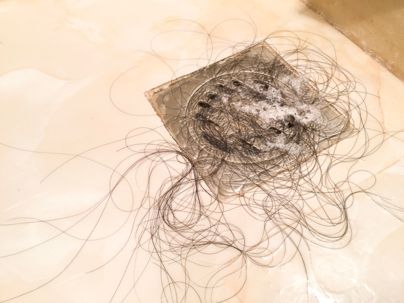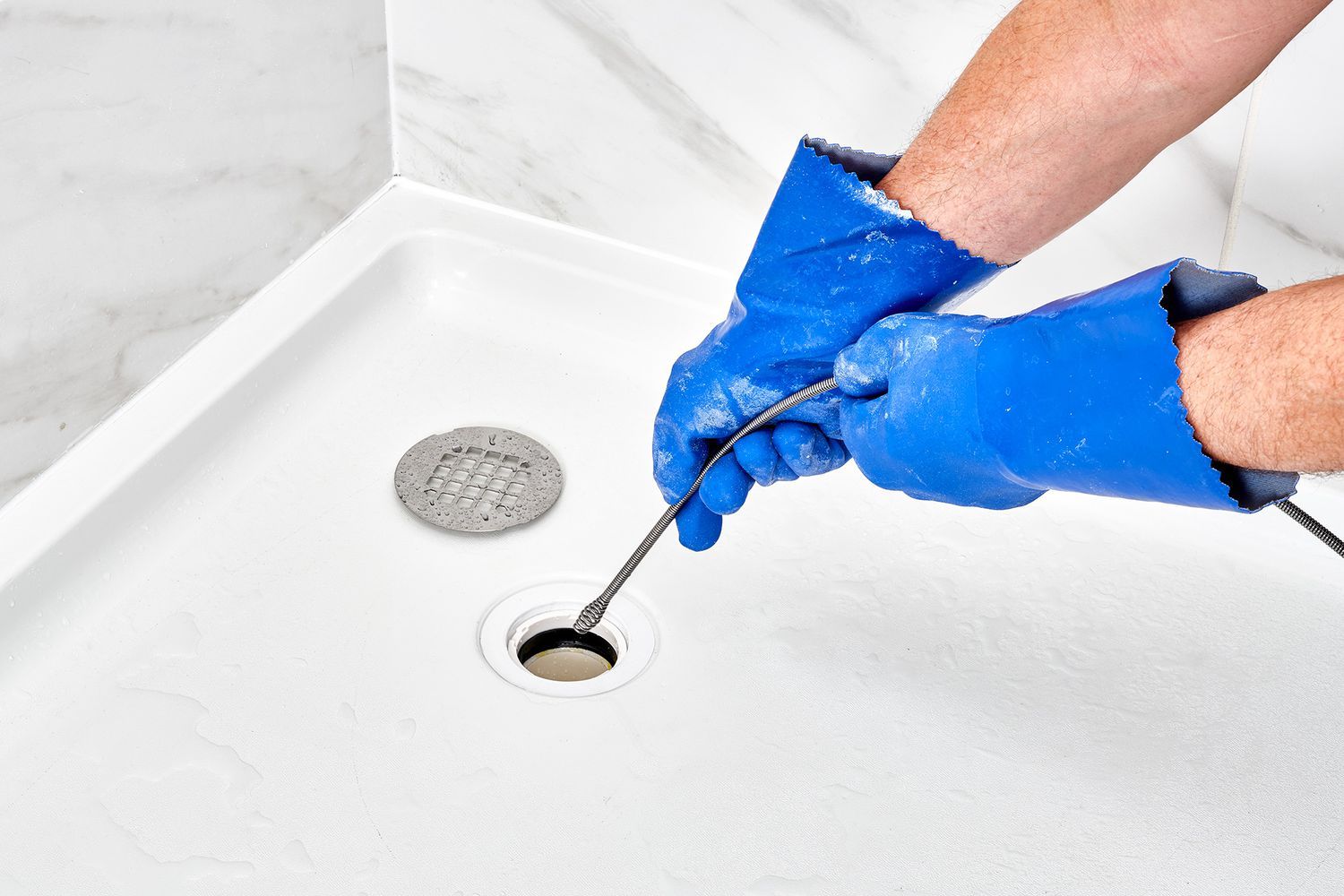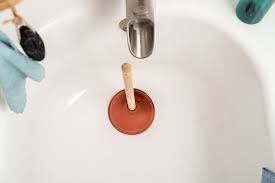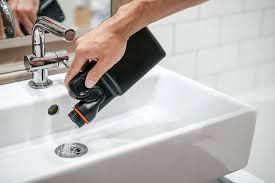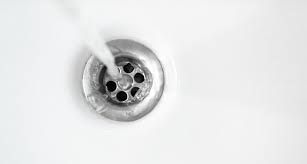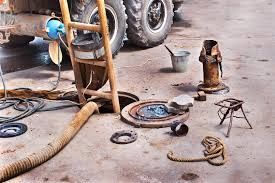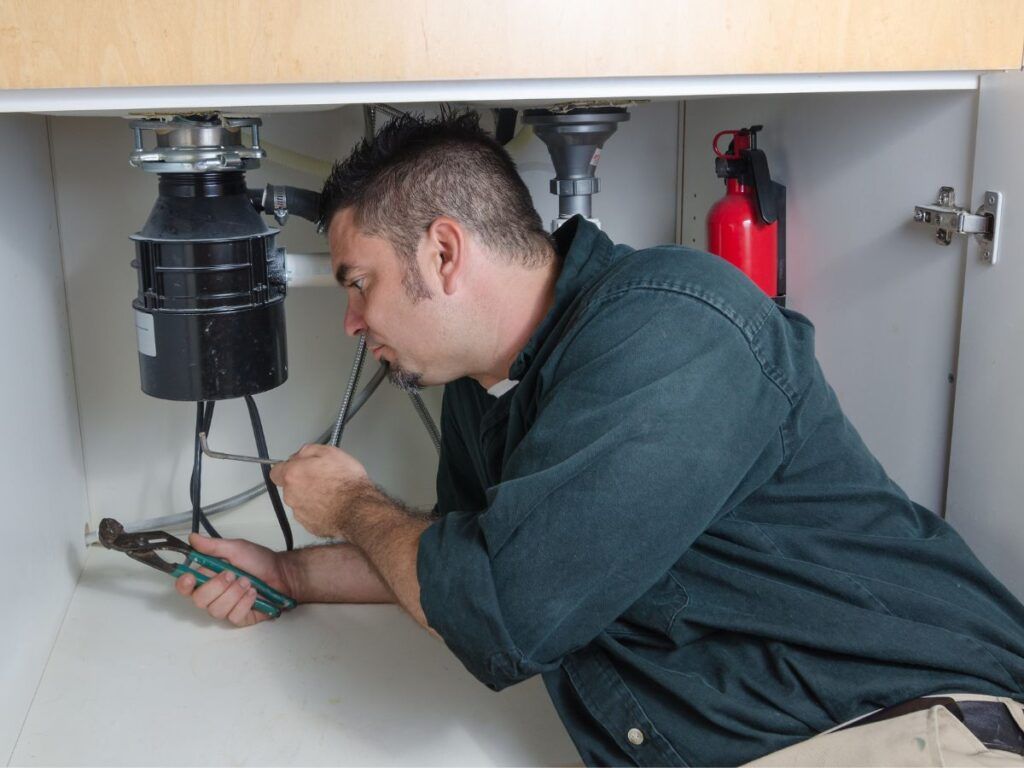The Five Most Common Sewer Line Repair Methods
Few home disasters are as frustrating as a malfunctioning sewer line. One moment, everything is flowing smoothly, and the next, you’re dealing with slow drains, gurgling toilets, or worse—sewage backing up into your home. Sewer line issues don’t just disrupt daily life; they pose serious health hazards and property damage risks.
Fortunately, modern plumbing solutions offer a variety of repair methods, some of which don’t even require digging up your yard. Whether you’re dealing with minor cracks or a full-on collapse, there’s a method tailored to your situation. Let’s explore the five most common sewer line repair methods and help you understand which might be the best fit for your problem.
Sewer Line Repair vs. Sewer Line Replacement
1. Trenchless Pipe Lining: A No-Dig Solution
Trenchless pipe lining, also known as cured-in-place pipe (CIPP) lining, is one of the most popular solutions for sewer line repair. It involves inserting a flexible liner coated with a special resin into the existing damaged pipe. Once inside, the liner is inflated, and the resin hardens, forming a new pipe within the old one.
Why Choose This Method? This technique is perfect for homeowners who don’t want their yard torn apart. It’s efficient, cost-effective, and extends the life of your sewer system without requiring a complete replacement. However, it works best when the existing pipe is still structurally sound and free from severe collapses.
2. Pipe Bursting: Out With the Old, In With the New
For severely damaged or collapsed sewer lines, pipe bursting offers a solution that also avoids extensive digging. This method involves pulling a new high-density polyethylene (HDPE) pipe through the old, damaged one. As the new pipe is inserted, a bursting head at its front breaks apart the old pipe, replacing it completely.
When Does This Work Best? Pipe bursting is ideal when the existing pipe is beyond simple repair but has enough integrity to be used as a guide for the new pipe. It provides a long-lasting replacement without the mess of excavation, making it a preferred choice for many homeowners.
3. Spot Repair: Fixing the Problem Areas
Not all sewer line issues require a complete overhaul. Sometimes, only a small section of the pipe is cracked or damaged. Spot repairs involve cutting into the affected area, removing the damaged portion, and replacing it with a new pipe segment.
Why This Option? Spot repair is a practical and budget-friendly choice when the damage is localized. However, it does require some excavation, so it’s best suited for easily accessible pipes. If your entire line is aging or showing multiple problem areas, this might not be the most cost-effective long-term solution.
4. Hydro Jetting: Blasting Away the Blockages
While not a repair method per se, hydro jetting is an essential service that can restore a sewer line’s functionality. This high-pressure water technique blasts away years of built-up debris, grease, tree roots, and other blockages, leaving the pipe walls clean and clear.
Who Needs Hydro Jetting? If your sewer issues stem from frequent clogs or slow drains rather than structural damage, hydro jetting might be all you need. It’s an excellent preventive measure and can sometimes eliminate the need for more invasive repairs if caught early.
5. Traditional Excavation: The Last Resort
Sometimes, the old-fashioned way is the only way. Traditional excavation involves digging up the affected sewer line, removing the damaged pipe, and replacing it with a new one. This method is often necessary when a pipe is completely collapsed or inaccessible by trenchless methods.
When Is Digging the Right Choice? While disruptive, excavation might be your only option if your sewer line is completely deteriorated or if local regulations don’t permit trenchless solutions. It’s costly, time-consuming, and messy, but it guarantees a fully functioning sewer system once completed.
Choosing the Right Repair Method for Your Home
Selecting the best repair method depends on several factors: the severity of the damage, the material of your existing pipes, your budget, and whether you want to preserve your yard. Consulting a professional plumber who specializes in sewer repair is crucial to making an informed decision.
Final Thoughts: Address Issues Before They Worsen
Sewer line problems rarely fix themselves. The longer you wait, the worse—and more expensive—the problem will become. Whether it’s a simple clog or a full pipe replacement, knowing your options empowers you to take action before disaster strikes.
If you suspect your sewer line needs attention, don’t ignore the warning signs. Contact a trusted plumbing expert today and find the best repair solution for your home. After all, a well-maintained sewer system isn’t just about convenience—it’s about protecting your property, health, and peace of mind.
